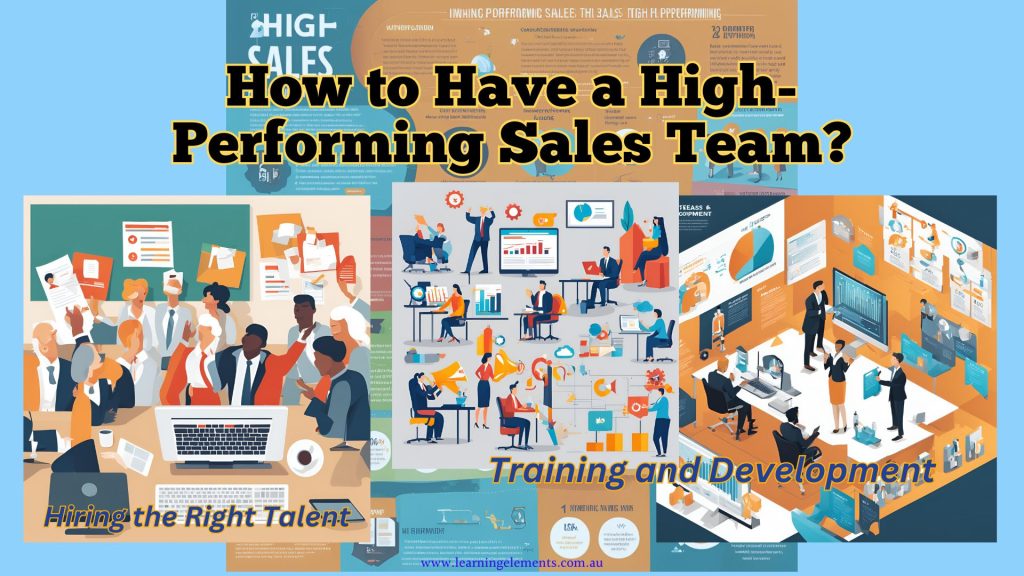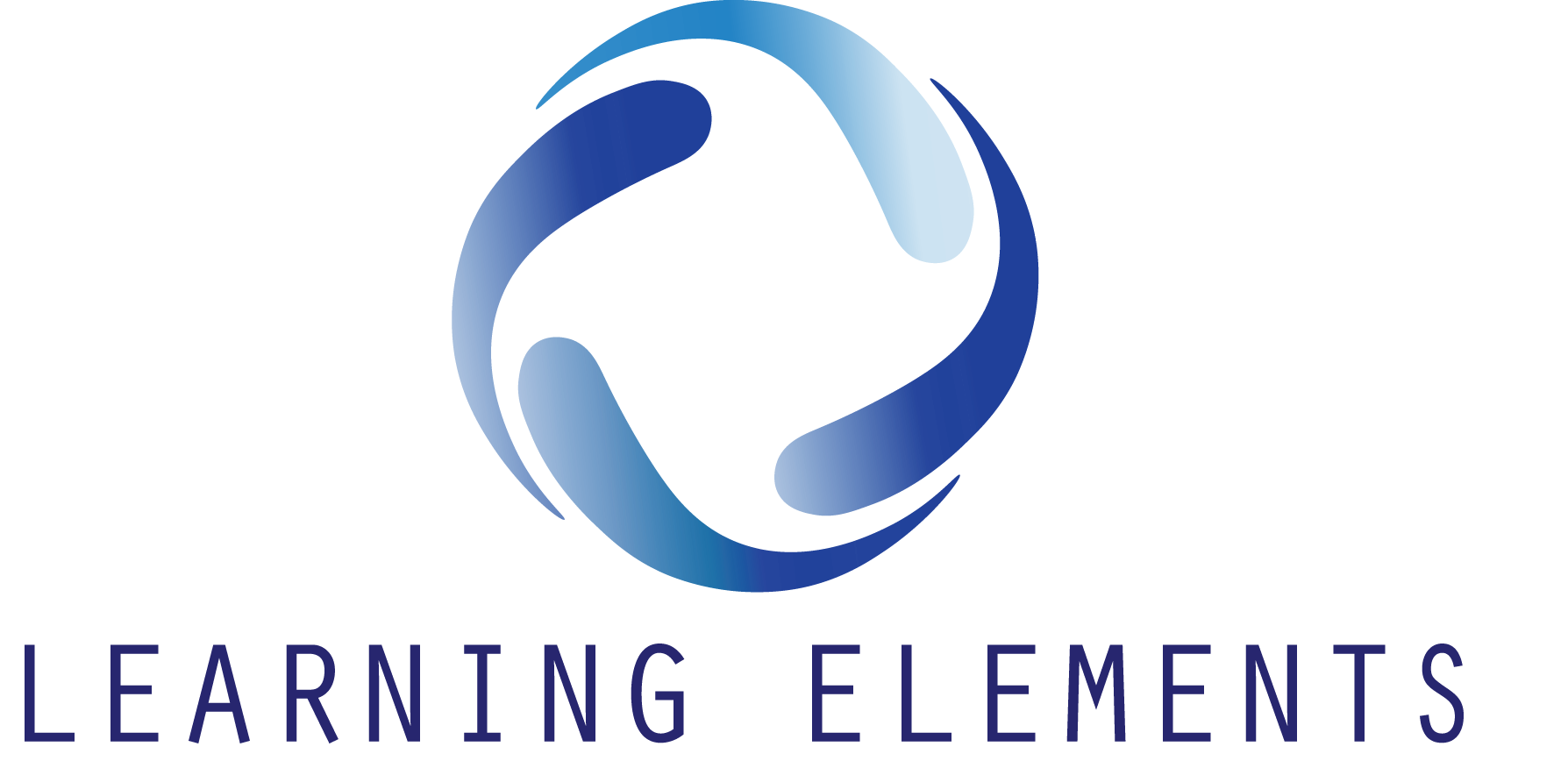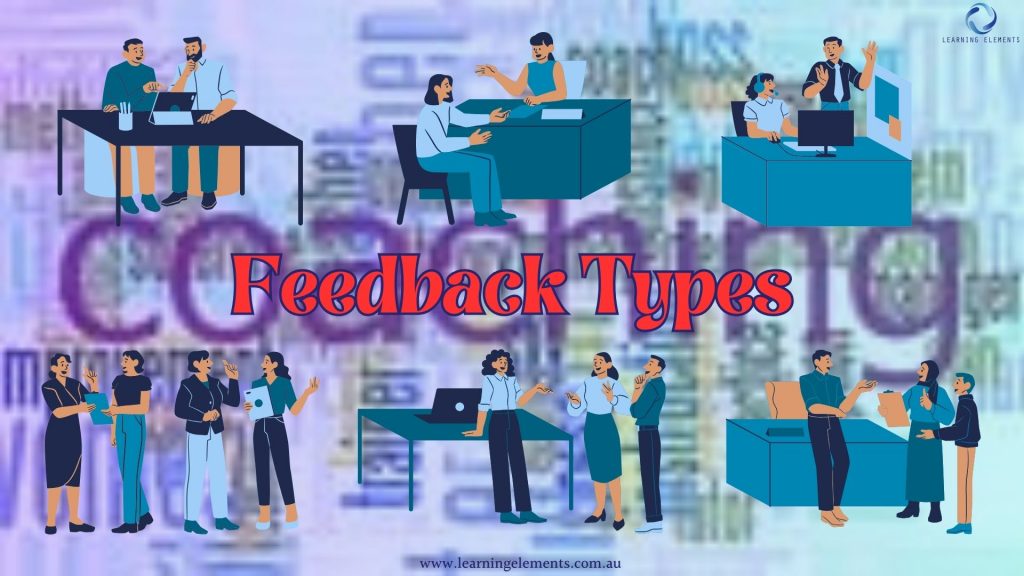Building a High-Performing Sales Team: Discussing the Essential Elements of a Successful Sales Team and How to Cultivate a Culture of Excellence
Building a high-performing sales team is essential for the success of any business. A well-functioning sales team not only drives revenue growth but also plays a crucial role in building lasting customer relationships and strengthening the company’s market position. In today’s competitive market, businesses must move beyond traditional sales approaches, focusing on strategic hiring, continuous development, and the effective use of technology. This article explores the key elements of a successful sales team and provides actionable insights for fostering a culture of excellence that enables team members to achieve outstanding results.
Key Elements of a High-Performing Sales Team
Defining the Sales Process
A clearly defined sales process provides structure and consistency for the team. It typically includes steps such as lead generation, qualification, presenting solutions, handling objections, closing the sale, and follow-up. Standardising these steps ensures a consistent customer experience and helps identify bottlenecks effectively.
For example, having a documented sales process can help new team members adapt quickly while maintaining established best practices.
–Prioritising Customer Needs
A high-performing sales team thrives on understanding and addressing customer needs. Adopting a customer-centric approach involves actively listening to customers, personalising solutions, and building long-term relationships. Sales reps should be trained to prioritise empathy and value-driven communication over aggressive sales tactics. Creating buyer personas and tailoring pitches to specific customer segments can significantly improve engagement and conversion rates.
Clear Goals and Objectives
Setting clear goals and objectives is fundamental for a high-performing sales team. Clear goals direct and motivate team members to achieve specific targets.
- Setting SMART Goals
SMART goals (Specific, Measurable, Achievable, Relevant, Time-bound) provide a clear roadmap for the sales team. They help track progress and achieve desired outcomes.
- Aligning Team Goals with Business Objectives
Aligning team goals with overall business objectives ensures that the sales team’s efforts contribute to the company’s success. This alignment keeps the team focused on strategic priorities.
Strong Leadership
Strong leadership is essential for guiding and inspiring the sales team. A good leader provides vision, support, and motivation.
- The Role of a Sales Leader
A sales leader sets the tone for the team. They are responsible for setting goals, providing guidance, and creating an environment where team members can thrive.
- Traits of an Effective Sales Leader
Effective sales leaders are visionary, empathetic, and results-driven. They inspire their teams, communicate effectively, and make data-driven decisions.
–Building Emotional Intelligence (EQ) in Sales
Emotional intelligence is a critical skill for sales professionals. It includes self-awareness, empathy, and the ability to manage emotions during high-pressure situations. High-EQ sales reps can better understand customer concerns, adapt their approach, and build trust.
Effective Communication
Effective communication ensures that team members are aligned and working towards common goals. Open communication fosters collaboration and resolves issues promptly.
- Importance of Open Communication
Open communication fosters trust and collaboration within the team. It allows for the free exchange of ideas and ensures that everyone is on the same page.
- Tools for Enhancing Communication
Utilising communication tools like Slack, Microsoft Teams, or Zoom can enhance communication, especially for remote teams. These tools facilitate instant messaging, video conferencing, and file sharing.
In remote teams, communication barriers such as time zone differences, unclear messaging, or lack of face-to-face interaction can hinder collaboration. Leveraging tools and setting clear protocols for responses can address these challenges effectively.
Hiring the Right Talent
- Identifying Key Skills and Attributes
Identifying the right skills and attributes is crucial when hiring sales talent. Look for candidates with strong communication skills, a proven track record, and a growth mindset.
- Structured Hiring Processes
A structured hiring process ensures consistency and fairness. It includes clear job descriptions, standardised interview questions, and thorough background checks.
- Fostering Diversity and Inclusion
Diverse sales teams bring varied perspectives and experiences, which can enhance creativity and problem-solving. Creating an inclusive environment where all team members feel valued leads to better collaboration and performance.
For instance, organisations can conduct unconscious bias training and ensure diverse representation during hiring to build a more inclusive team.

Training and Development
Onboarding New Sales Reps
Effective onboarding helps new sales reps settle in quickly. It includes training on products, sales processes, and company culture.
Continuous Learning and Skill Development
Continuous learning keeps sales reps updated with the latest trends and techniques. Regular training sessions and workshops can help enhance their skills.
–Staying Ahead of Market Trends
A successful sales team adapts to changes in the market, such as shifting customer preferences, emerging competitors, or new technologies. Regularly monitoring industry trends and updating sales strategies accordingly ensures relevance and competitiveness.
For example, teams that embrace sustainable solutions or cater to eco-conscious buyers can tap into growing markets while aligning with broader consumer values.
Use Role Play in Training
Role-playing is an invaluable tool in sales training. It allows team members to practice real-life scenarios, such as handling difficult objections or closing a deal, in a safe environment.
For instance, managers can simulate customer objections and coach reps on how to respond effectively. This builds confidence and sharpens communication skills.
Develop an Effective Sales Training/Coaching Program
Effective sales training involves a mix of theoretical knowledge and hands-on practice. It should cover product knowledge, sales methodologies, objection handling, and customer relationship management.
Coaching programs, such as one-on-one mentoring or shadowing experienced reps, provide personalised support. Regular feedback sessions ensure that skills are reinforced and continuously improved.
Motivation and Incentives
Creating a Motivating Environment
A motivating environment encourages sales reps to perform at their best. This includes recognising achievements, fostering a positive culture, and providing opportunities for growth.
–Preventing and Managing Burnout
High-pressure environments can lead to sales burnout, impacting performance and morale. Teams should implement strategies such as regular breaks, mental health support, and realistic goal-setting to address this issue. Offering flexible work arrangements or wellness programs can help maintain productivity while reducing stress.
Designing Effective Incentive Programs
Incentive programs, such as bonuses, commissions, and awards, motivate sales reps to achieve their targets. The programs should be clear, attainable, and aligned with business goals.
Non-monetary rewards such as professional development opportunities, public recognition, or granting additional responsibilities to high performers can be equally effective in motivating sales reps. These methods encourage personal growth and reinforce commitment to the team’s goals.
Performance Management
Regular Performance Reviews
Regular performance reviews help track progress and identify areas for improvement. They provide an opportunity for feedback and goal-setting.
Providing Constructive Feedback
Constructive feedback helps sales reps improve their performance. It should be specific, actionable, and delivered in a supportive manner.
RELATED READ: The Pivotal Role of Feedback in Coaching and Training
Team Collaboration
Encouraging Collaboration Among Team Members
Encouraging collaboration fosters a sense of teamwork and shared purpose. It can be achieved through team-building activities and collaborative projects.
Tools for Enhancing Team Collaboration
Collaboration tools like Trello, Asana, and Google Workspace help teams work together effectively. They facilitate task management, project tracking, and document sharing.
CRM systems like Salesforce and HubSpot help manage customer relationships and sales processes. They provide valuable insights and streamline workflows.
Advanced CRM systems and automation tools reduce administrative burdens by handling repetitive tasks such as data entry, follow-ups, and customer segmentation. This enables sales representatives to focus more on customer engagement and closing deals.
RELATED READ: Exploring Advanced CRM Features and Benefits
Sales Analytics Tools
Sales analytics tools help track performance and identify trends. They provide data-driven insights that can guide decision-making and strategy development.
Leveraging Technology and AI
Modern technology and AI tools can transform how sales teams operate. AI-powered solutions like chatbots and predictive analytics help identify high-value leads and forecast sales trends. Similarly, automation tools reduce administrative tasks, allowing reps to focus on customer engagement. For instance, AI tools can analyse customer behaviour to suggest personalised product recommendations, enhancing the likelihood of a successful sale.
–AI Beyond Basics
Beyond predictive analytics, AI can enhance sales through chatbots for 24/7 customer service, sentiment analysis for understanding customer emotions, and lead scoring to prioritise outreach. For example, AI-powered tools like Gong can analyse sales calls to provide actionable insights on improving communication techniques.
Cultivating a Culture of Excellence
Defining Core Values
Defined core values sets the foundation for a culture of excellence. These values should guide the team’s behaviour and decision-making.
Fostering a Positive Sales Culture
A positive sales culture motivates team members to perform at their best. It involves creating an environment where collaboration, mutual respect, and recognition are prioritised. Sales leaders can build a positive culture by recognising achievements, promoting open communication, and ensuring fairness.
For instance, implementing regular recognition programs, such as “Sales Rep of the Month,” can boost morale and inspire continuous effort.
Recognising Team Achievements
Celebrating successes as a team fosters a sense of collective accomplishment and strengthens bonds. Recognition can take the form of awards, team outings, or public appreciation during meetings. Acknowledging a team’s role in achieving a quarterly target can boost morale and motivate further collaboration.
Promoting a Growth Mindset
Promoting a growth mindset encourages continuous improvement and resilience. It involves embracing challenges, learning from failures, and celebrating successes.
Measuring Success
Key Performance Indicators (KPIs)
KPIs provide measurable benchmarks for evaluating the success and efficiency of a sales team. They help track progress, align efforts with business objectives, and identify areas for improvement. Common KPIs include:
- Revenue Growth: Tracks the overall increase in sales revenue over time, serving as a primary indicator of business success and the financial impact of the sales team.
- Sales Targets: Measures whether individual and team targets are being met, providing insight into their contributions towards company goals.
- Conversion Rates: Evaluates the percentage of leads successfully converted into customers, highlighting the team’s effectiveness and efficiency in closing deals.
- Customer Satisfaction Scores: Evaluates the quality of customer interactions and experiences.
- Customer Acquisition Cost (CAC): Assesses the cost of acquiring new customers, helping businesses balance acquisition costs with the revenue generated by these customers.
- Sales Cycle Length: Analyses the time taken to close a deal, identifying bottlenecks and opportunities to improve the speed and efficiency of the sales process.
Using Data to Drive Improvement
Leveraging data to improve performance involves analysing metrics gathered through CRM systems and sales analytics tools. By examining key indicators, businesses can:
- Identify areas for enhancement, such as low conversion rates or extended sales cycles.
- Pinpoint successful strategies that can be scaled across the team.
- Make informed decisions to refine approaches, ensuring consistent and continuous progress.
This proactive and data-driven approach ensures that sales teams not only meet targets but also optimise their processes to deliver sustainable growth.
–Leveraging Customer Feedback
Regularly collecting and analysing customer feedback allows sales teams to refine their approaches and address pain points effectively. Feedback can be gathered through surveys, follow-up calls, or direct conversations. If customers consistently highlight pricing concerns, the team can collaborate with management to create more competitive offers or payment plans.
Next Steps for Building a High-Performing Sales Team
- Assess current team performance and identify gaps in skills, communication, and leadership.
- Define SMART goals for the next quarter, ensuring alignment with the company’s objectives.
- Invest in technology such as CRM systems and collaboration tools to streamline processes.
- Establish a structured training programme focusing on continuous development and emerging trends.
- Create a clear incentive structure that recognises both individual and team achievements.
FAQs
- What are the key elements of a high-performing sales team? Key elements include clear goals, strong leadership, effective communication, and continuous development.
- Why is continuous training important for a sales team? Continuous training keeps sales reps updated with the latest trends and techniques, enhancing their skills and performance.
- What role does technology play in building a high-performing sales team? Technology, such as CRM systems and sales analytics tools, helps manage customer relationships, streamline workflows, and provide data-driven insights.
Conclusion
Building a high-performing sales team requires clear goals, strong leadership, effective communication, and continuous development. By focusing on these elements and fostering a culture of excellence, businesses can create a sales team that drives revenue growth and contributes to overall success.



